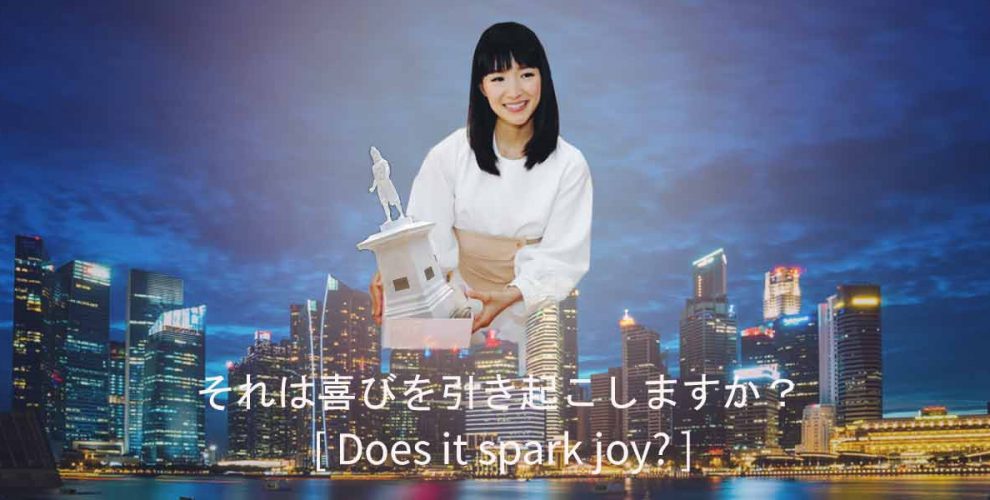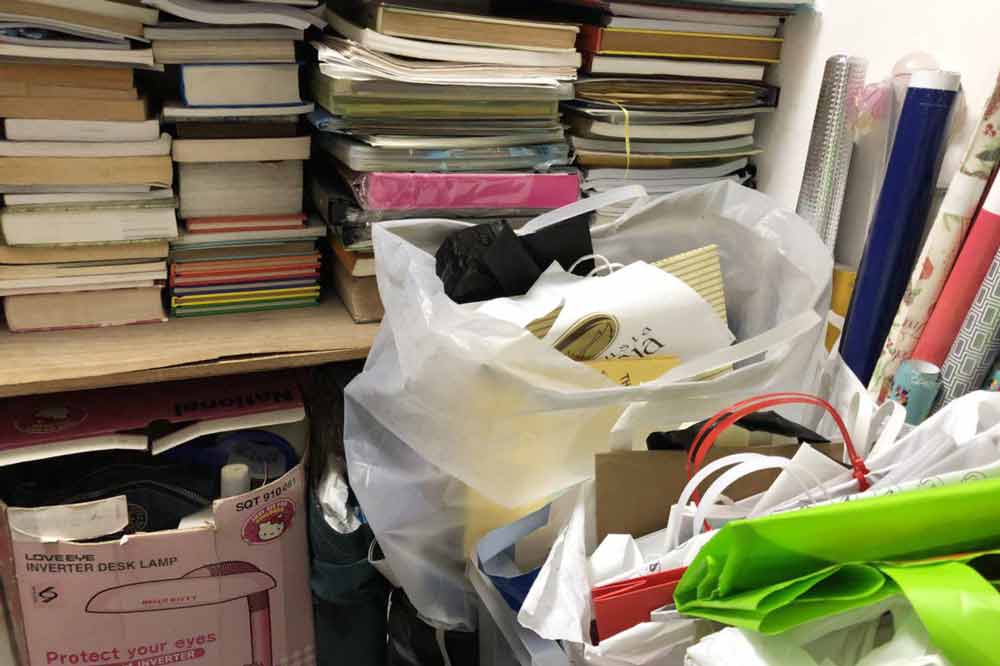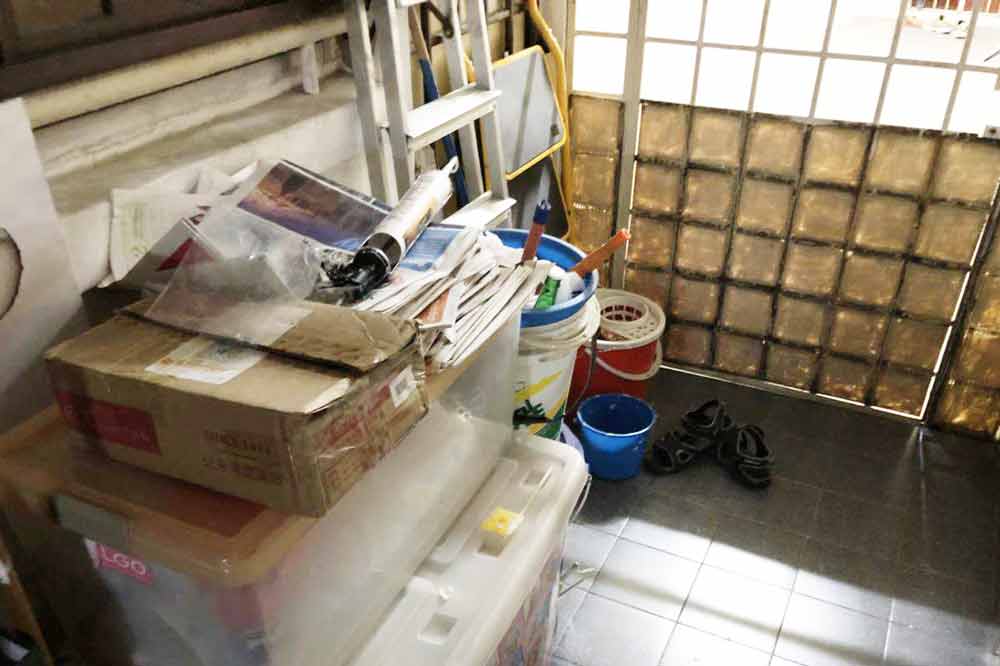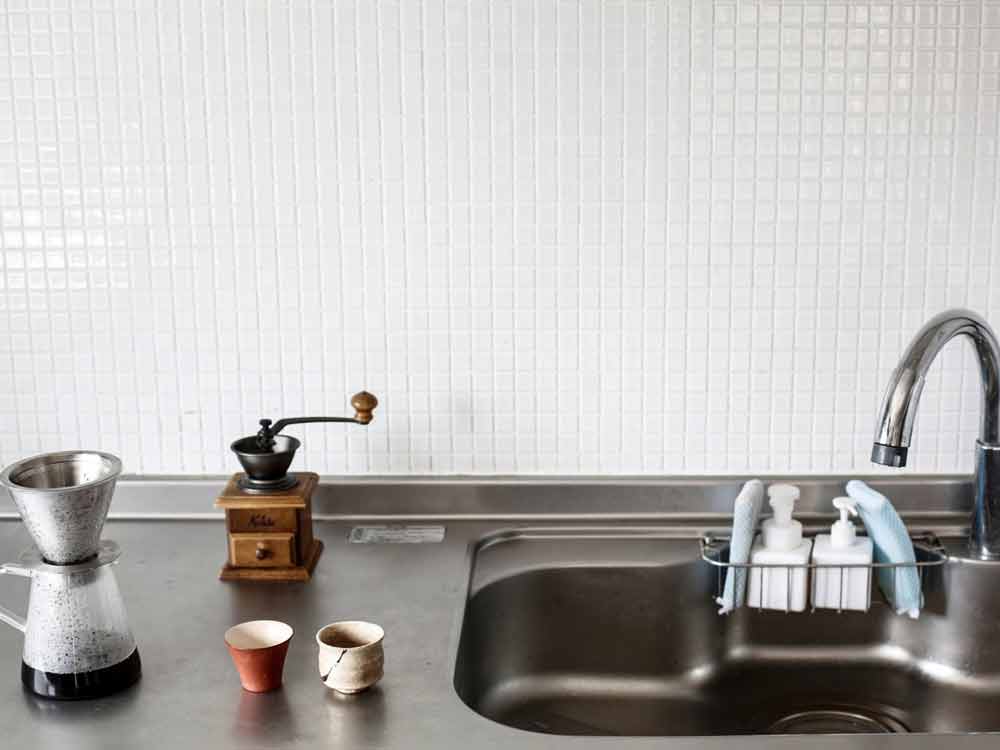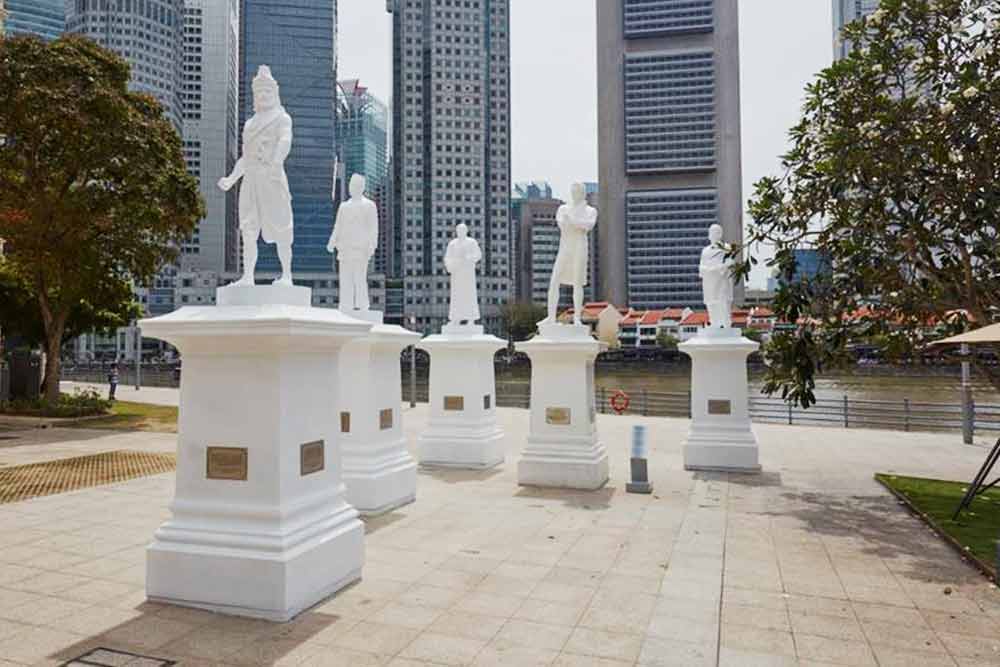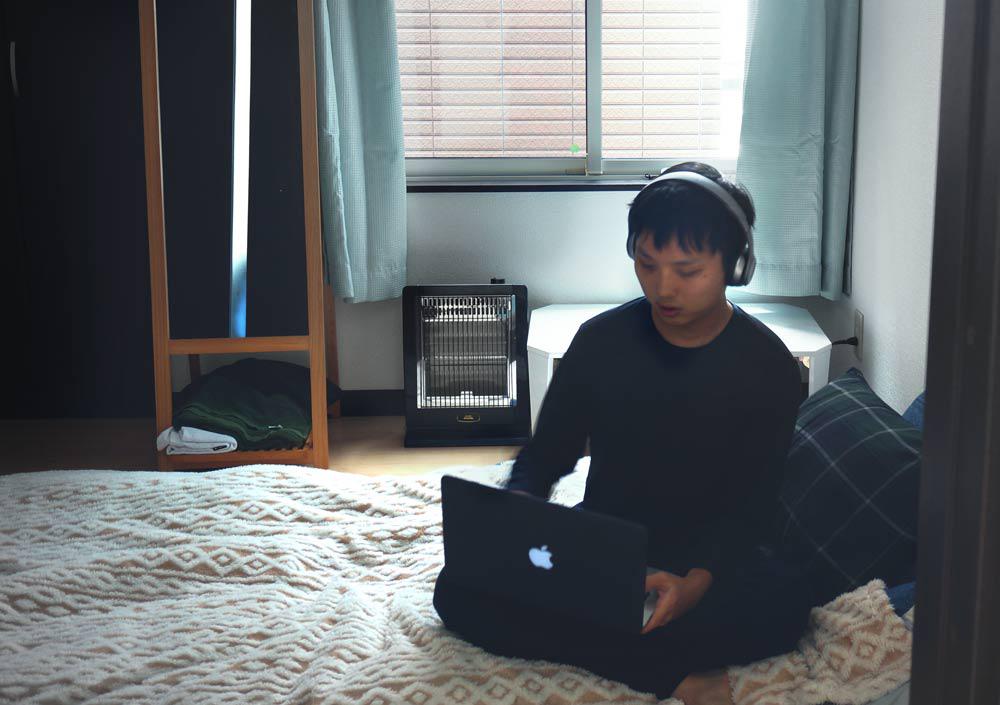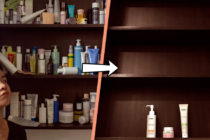Tidying Up With Marie Kondo
In every episode of Netflix’s Tidying Up With Marie Kondo, she descends upon an American house like a fairy and gets them to throw away their junk.
Two things become apparent:
Firstly, clutter is not due to the size of the house. Many Singaporeans blame their small HDBs for their clutter. But Americans don’t do any better with their mansions.
Secondly, decluttering is more than a physical exercise. White girls cry, Black women wail and the Asian family just gets it done. They all undergo a spiritual and emotional transformation.
“Tidying is the act of confronting yourself; cleaning is the act of confronting nature.”
—Marie Kondo, Spark Joy
This coming Chinese New Year, many of us are going to clean our houses again. We wipe away the dust, but don’t handle the junk that collects the dust. We live with it, walk around it, rummage through it; we can’t bear to toss it because we have serious issues letting go.
Hoarder mentality because our parents grew up with lack
Above: Indiana Jones never found the lost ark because it’s hidden in my dad’s storeroom.
As a Millennial with baby boomer parents, one of the main issues I have with my parents is that our house resembles a Valu$ shop, the one that is perpetually closing down with stacks of parallel imports.
Our couch (that my aunt didn’t want) is way too big and I have to kick it to walk across the living room. Our storeroom is a fire hazard of old books that are never read but can’t be thrown away because dad would throw a hissy fit.
Call me a spoilt Millennial, but research shows that clutter produces stress.
Mum and dad, I don’t expect you to renovate our flat into a Pinterest-worthy loft. But can you at least donate your old clothes and throw away the couch with peeled leather that nobody wants to sit on?
The one thing I hate the most: free gifts that fall apart because they are so cheaply produced. My mum can’t resist bringing them home, however ugly they are.
My late grandmother told me how she picked up sweet potato peels to feed her family during the Japanese occupation. I understand that baby boomers grew up in a time of lack. Even my dad had to share shoes with his siblings.
But Singapore has changed, and so should we.
Cheap goods abound today and maybe that’s the problem. We buy stuff we don’t need because they are “very cheap leh”. We hoard and store for a rainy day, but the monsoons have come and gone with them being untouched; we simply have no use for them.
Above: Every time I get home, I’m greeted by a construction site.
Japanese minimalists showed me a better way
Changing the mentality I was brought up with was not easy. I didn’t hoard the same things as them but I still couldn’t bear to throw away CDs, TY Beanie Baby toys, X-men comics from 1999, and that IKEA shirt that was cool last season.
While the interiors in Apartmento magazine are aspirational, what truly changed my life were photos of Japanese minimalists’ homes. Their spare apartments with a stark simplicity were not just beautiful to behold, but extremely functional.
The photos gave me permission to live with less, something nobody ever taught me.
Less is never an aspiration for Singaporeans
Above: Is more necessarily better?
Unfortunately, everything here tells us that more is better.
We soothe our own existential anxiety by piling our lives full of things, activities, and friends, because we are afraid of emptiness and silence.
“Why do we own so many things when we don’t need them? What is their purpose? I think the answer is quite clear: We’re desperate to convey our own worth, our own value to others. We use objects to tell people just how valuable we are.”
―Fumio Sasaki, Goodbye, Things: The New Japanese Minimalism
Striving for less requires courage. It takes a lot of growing up and not caring about what others think. Because everything in society tells you otherwise.
How I worked toward minimalism
To shed my parents’ baggage, I did something drastic. I found a job in Hokkaido, Japan and was blessed to have my company rent me a one bedroom flat. It was the perfect canvas for my new life.
Above: I slept on a futon and had simple furnishings.
I lived a 10-minute walk away from my job and work ended promptly at 4pm. I had plenty of time and space to rethink what was important to me as an adult. I moved back to my parents’ house in 2017, but my time alone allowed me to differentiate myself from their values.
I can now live with less, because I did it well in Japan, and I can make that choice every day in Singapore.
How I applied minimalism to my life back in Singapore
1. Recognise that the euphoria things bring is short-lived.
“No matter how much we wish for something, over time it becomes a normal part of our lives, and then a tired old item that bores us, even though we did actually get our wish. And we end up being unhappy.”
―Fumio Sasaki, Goodbye, Things: The New Japanese Minimalism
2. Don’t beat yourself up if you fail at minimalism
It’s a continual practice. Not an end goal.
3. Recognise that not buying can make you as happy as buying
People are lured by sales because they feel they lose out if they don’t get something at 30% off. Think of not buying as getting a 100% discount. FOMO is your enemy.
4. Window shop
Seeing beautiful goods on display in stores is a feast for the eyes. But let it stop there.
The same way you can admire the Sistine Chapel or Mona Lisa without needing to possess it, pretend the mall is just a museum with not-so-great artworks.
5. Window shop online
Add things to your cart, even picking out your preferred size and colour. But stop short at inputting your credit card information. Sleep on it and tomorrow, the desire to possess it probably decreases.
6. If you must buy, get the high quality product that will last
People always give me a hard time for splurging on MUJI products. But they outlast the Daiso or IKEA versions, are always stylish, and I probably never have to replace them.
7. Streamline your work processes
Minimalism does not have to end with possessions, it can be a great help in the workplace. Before you CC 15 other people in your emails, ask yourself if you really need to.
8. Don’t get unlimited storage
Do you really need all your drunk photos from Bali? Just pick the top five or even better, upload it on Instagram and delete the rest.
Whether its Google Drive, iCloud, or similar services, the world is always tempting you to hoard, even online. Limit yourself to the measly free 1GB or so and become a better minimalist. Remember, it’s a continual practice and practice makes perfect.
9. Organise your files on the computer
Sort out your PC’s desktop, delete unnecessary files and it can save a lot of RAM. Don’t be lazy!
10. Learn to write clearly and succinctly
I feel like we were all poisoned by schools with the impression that lengthier essays showcase your intellect. We receive a ton of lengthy, uninteresting press releases daily and it applies to emails too.
Keep it simple, sister.
11. Apply the KonMari method to your friends
Always evaluate if your friends spark joy or are just plain toxic. If they are, toss them out with your unwanted P.E. shirt.
12. Let go
Everything on Earth is temporary. At the core of hoarding is our ingrained anxiety of death.
Your best friend will never be there forever, your cute puppy will grow old and die. When you learn to make friends with inevitable death, you can let go of material things easily. And surprisingly, you will live a more fulfilling life.
13. Enjoy your extra time
Fewer things mean less maintenance and more time. Sometimes not having much to do is more glamorous than a Chanel bag.
Singapore Could Use Some KonMari-ing
“The KonMari method is not just about cleaning your home, but figuring out what’s important to you according to your values.”
—Marie Kondo
Singapore’s glitzy buildings and iconic casinos seem to tell us that more is better, more is success, and more is God.
Before her cleanup, Kondo would bow and thank the house for keeping the family safe. She then proceeds to overhaul the house, forever changing its character.
Despite our material needs being met, we sometimes still feel a sense of emptiness which leads us to fill it up with stuff. Maybe it’s time we took a gratitude break and decide if how we’ve lived needs to be thanked for its service thus far and let go of.
Also read:
10 Places To Donate Clothes In Singapore—Gowns For Stillborns, Low-Income, Teenage Mums

